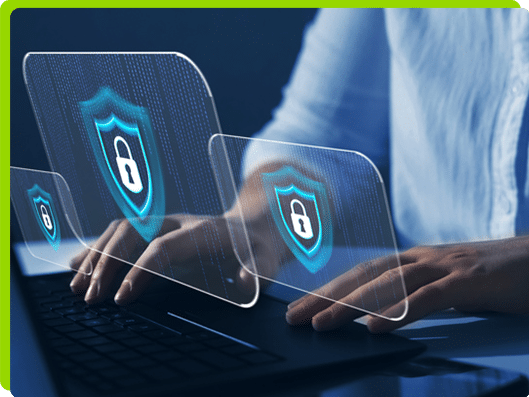What is the Role of Cybersecurity in your Enterprise?

What does cybersecurity mean to your business? This might seem like an odd question, but how an enterprise responds to it can say a lot about the culture and practice of cybersecurity within that organization. There are many different ways to ask the same question — Which function does cybersecurity report to within the enterprise? Who are the internal clients of cybersecurity? Does cybersecurity leadership have a voice at the highest levels of corporate decision-making?
There are two main schools of thought about the role and orientation of cybersecurity within the enterprise. The traditional school places cybersecurity within the information technology (IT) function of a business. In this model cybersecurity reports to IT, IT is the internal client for cybersecurity, and the CISO might report up to the CTO or CIO.
It’s easy to see why one might make this association. IT and cybersecurity professionals often have similar or adjacent skillsets and overlapping educational and professional backgrounds. Both functions often deal with highly technical, specialized, and complex information and processes. However, the goals and KPIs of IT and cybersecurity are not only unaligned, they are often in direct conflict. The internal clients for IT are other business functions that essentially pay for the various technology assets (applications, servers, cloud instances, etc.) required to keep the enterprise running. IT performance is evaluated by how seamlessly, continuously, and cheaply they are able to deliver their services. IT doesn’t really have visibility into or an understanding of how these assets are being used by the business, what kind of data they process, which critical business functions they support.
When cybersecurity comes to IT and tells them that a particular technology asset or part of the IT infrastructure has problems or weaknesses that could be exploited by malicious actors, they have to weigh the benefits — stopping a potential attack that may or may not happen vs. the costs — resources allocated to fix the problem, unhappy internal clients due to technology assets being unavailable during fixing, valuable time spent fixing and validating the issue. This is a hard sell and essentially amounts to self-regulation. A significant percentage of breaches exploit known vulnerabilities and weaknesses within an organization. Looked at from this lens, it’s not difficult to see how such problems can go unaddressed.
The modern school of thought recognizes cybersecurity as its own independent vertical within the enterprise — like sales, marketing, HR, or any other function that helps the business function and thrive. In this model, cybersecurity has various business functions as its internal clients, and the CISO might have a seat at the C-level table. Cybersecurity informs business stakeholders of the risks they face as a result of the technology infrastructure they utilize. The business stakeholders provide the context necessary for informed risk triage and collaborate with cybersecurity to identify which vulnerabilities or weaknesses pose the biggest threats to the part of business they own. These prioritized risks are then sent to IT for remediation. Cybersecurity provides guidance to IT on how they may remediate or mitigate a particular problem. Since risk remediation or mitigation is being driven by the business stakeholders, IT is incentivized to fix these problems.
Risk-based cybersecurity is a methodology for program design that can help organizations put this modern approach into practice. By putting an emphasis on incorporating business context in the risk analysis process and data models, and by ensuring that business stakeholders are involved in the decision chain, risk-based cybersecurity programs provide a shared space where IT, business, and cybersecurity can come together and collaborate.

